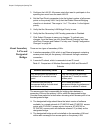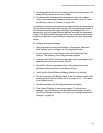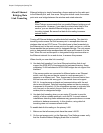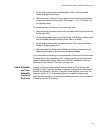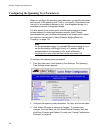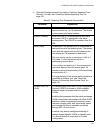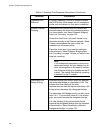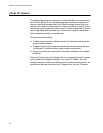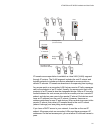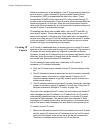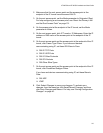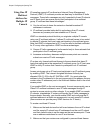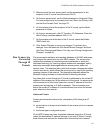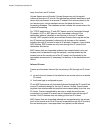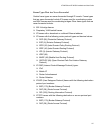
Chapter 5: Configuring the Spanning Tree
140
About IP Tunnels
The physical boundary of a network is usually defined by the existence of
an IP router. Before IP tunnels technology was developed, wireless end
devices could only operate within the limited coverage area of their own
network and could not roam across IP subnet boundaries. Using IP tunnel
technology, end devices can roam across IP subnet boundaries. IP tunnel
technology safely and transparently coexists with routed IP installations
while supporting mobility for end devices.
IP tunnels do the following:
Enable access points on different remote IP subnets to belong to the
same wireless network.
Support fast roaming of end devices between access points that are
on different IP subnets without losing network connections.
Support end devices using both IP and other routable or nonroutable
protocols.
Only one IP tunnel can exist between the root access point and an access
point (usually the designated bridge) on a remote IP subnet. The root
access point has a one-to-one relationship with each wireless network. All
roaming end devices must have an IP address from the root IP subnet.



